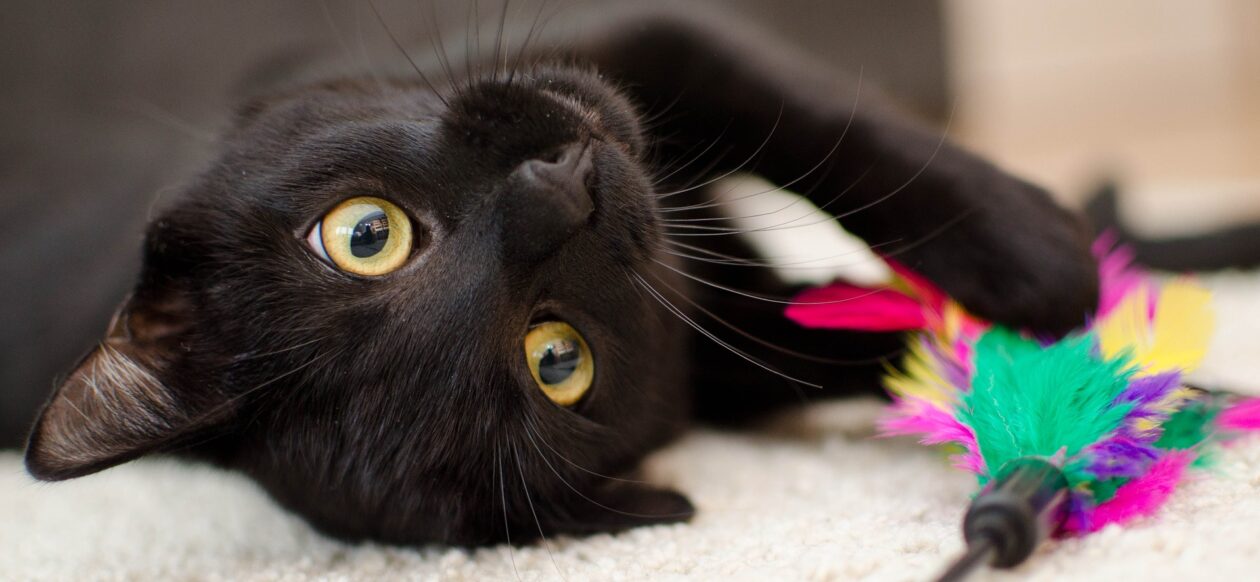Chronic Kidney Disease (CKD) is relatively common in mature, senior and geriatric cats. This year, my 17-year-old cat Marcel was diagnosed with advanced, late-stage chronic kidney disease. In a short period of time, I scrambled to learn everything possible about the disease and how to treat it. Had I known before what I quickly learned, about providing the best possible treatment options and support for early and late-stage CKD, I could have possibly prolonged Marcel’s life and quality of life significantly. But the motto, too little too late, applied in my personal journey. The application of my new valuable knowledge came just too late to save him. But it’s not too late to help your cat and provide you with what I wish I had known months earlier. This guide is an effort to give owners of CKD cats the best, most valuable resources possible, in the shortest time possible. CKD is a very manageable disease in cats, but it’s critical to catch it early in order to manage it and prolong your cat’s life. Getting a diagnosis as soon as possible, as early in the disease, will give you more time to apply all the best treatments available to help your cat. Here is the most valuable and useful information and guidance I can provide you and your CKD cat, all in one page with links to some of the best resources and support available today. May your cat live a long, healthy, and comfortable life with CKD with much more quality time spent with you!
Chronic kidney disease in cats is not a life sentence, but if it is properly treated, your cat can live a long and happy life. So let’s begin.
Continue reading Treating Your Cat’s Chronic Kidney Disease (CKD) – A Helpful Guide










